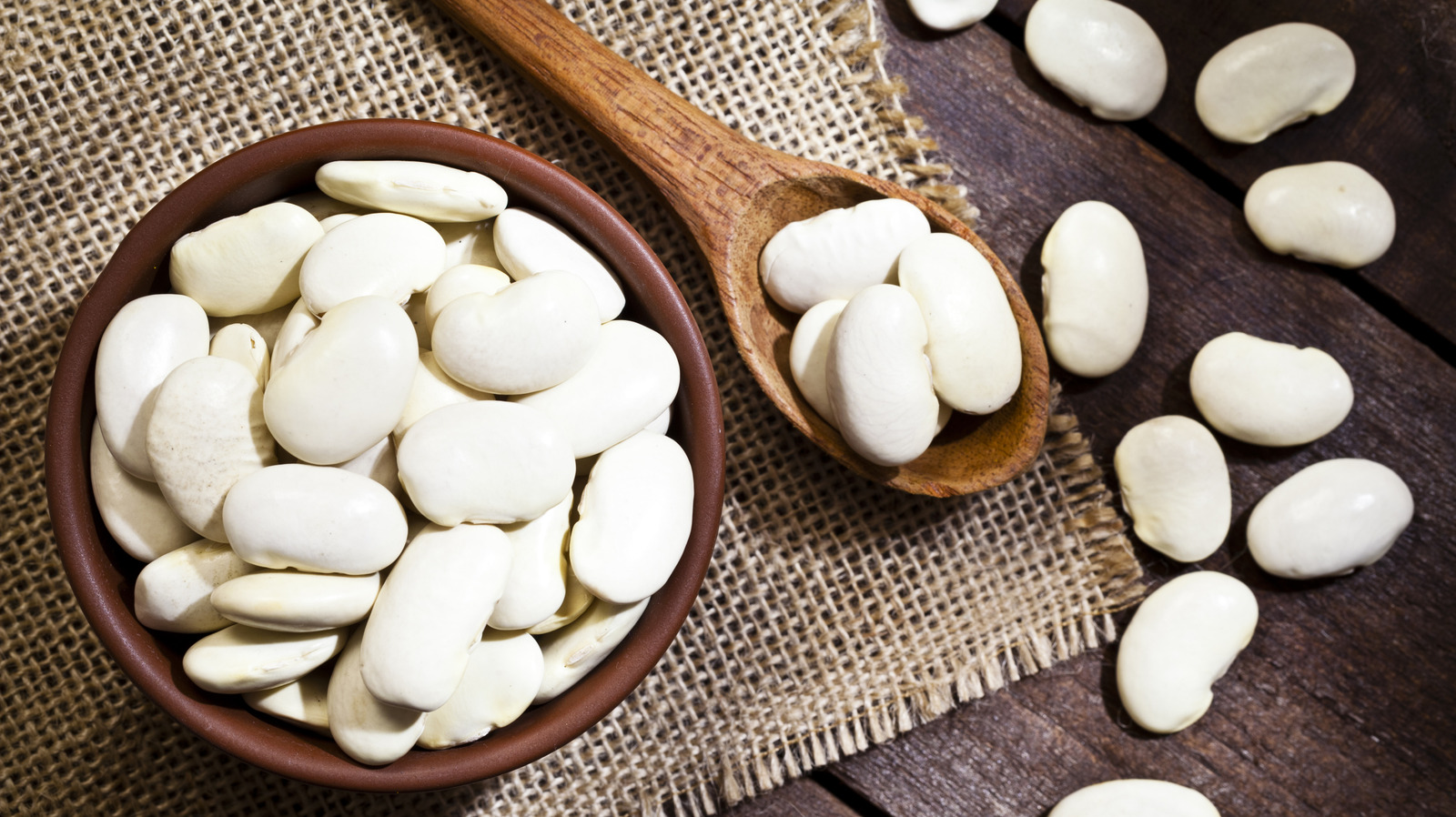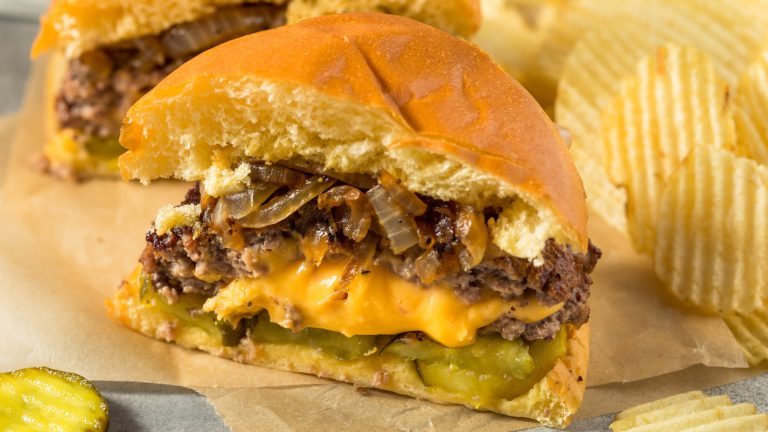While green-hued lima beans continue to garner disgust from kids in a similar manner to peas or Brussels sprouts, butter beans’ delightful name is fit for their taste and texture. Typically, the two beans are used interchangeably, which seems odd given the two completely different reputations they have. While they may possess unequal standings, butter beans and lima beans are one and the same.
The name you call butter beans depends on where you live; the legumes are dubbed everything from Madagascar beans to Chad beans and, of course, lima beans, but they all stem from the Phaseolus lunatus plant. The plant is native to Peru, in which the capital city of Lima lies, earning the beans one of their most popular monikers. As for the butter beans nickname, this can most likely be attributed to the bean’s creamy taste and texture that comes out after it’s been cooked.
Despite being the exact same thing, butter beans’ and lima beans’ divergent popularities come down to how they’re sold and marketed. The younger version of the plant has a light green color and is typically sold as baby lima beans. The starchier taste and texture that younger butter beans have smooths out as they age and lighten into the off-white shade that butter beans are associated with.
Can you use butter beans and lima beans interchangeably?
From chili to cacio e pepe butter beans, you can use one type of the legume in place of the other for practically any recipe. Since they’re the same thing, it makes no difference how they’re labeled as long as they’re cooked to perfection. However, there will be some recipes that call for baby lima beans — finding a younger version labeled as baby butter beans may prove difficult, so keep that in mind as you shop. The young kinds tend to be a little sweeter, so if that’s what you want to bring to a dish, opt for the green-skinned legumes.
Whether the beans are fresh or dried may also impact which ones you pick for a recipe. Although both young and old butter beans can be sold fresh, they’re typically picked while they’re still young, so you’re far more likely to encounter fresh baby lima beans as opposed to fresh butter beans. Fresh beans cook quickly and tend to have a milder taste that’s fit for lighter dishes, like a fresh herb lima bean salad. Mature butter beans, often sold dried or canned, have a richer, earthier taste that’s best in hearty recipes like soups and stews.






